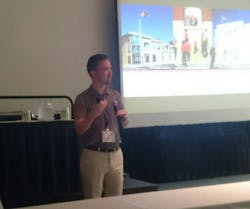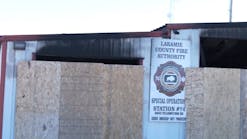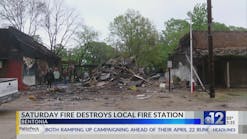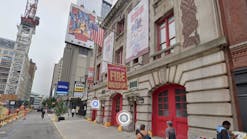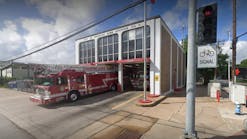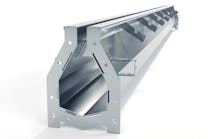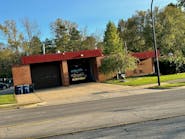Station Design 2016: Architect Says Design Stations for Performance
Anaheim, CA - During Wednesday's Station Design Conference, Chris Kehde—Principal, AIA, LEED AP with LeMay Erickson Willcox Architects—addressed the topic of designing fire stations with performance goals in mind. The key to finding the path to the station you need, Kehde said, is to know where you are and where you want to go with regard to a variety of factors, including:
- Response time: Response times are vital to the organization to prove that it’s meeting the community’s needs. Building design plays an integral role in this, as a complex building design that makes it difficult to get from point A to point B will ultimately hinder the firefighters from exiting the station in an expedient manner.
- Training: Different departments have different training needs based on their response areas. Ensure your architect knows what your firefighters need to accomplish at the station and what tools they will need to train effectively.
- Special considerations: Not only do the architects need to know about special training-related facilities or equipment, but they must also know if the station is expected to have spaces for an emergency operations center (EOC) or even community outreach.
- Sustainability: It’s important to identify any sustainability goals that your department is hoping to achieve, perhaps a minimum requirement or a classification like LEED silver or gold.
- Firefighter health and safety: Kehde acknowledged that there have long been debates about how firefighters should spend their “downtime” when they aren’t fighting fires, and this often comes back to a discussion of physical training. As such, will your station include a space for physical training to target firefighter health issues? Additionally, it’s important to look out for the health of the firefighters in terms of their exposure to vehicle exhaust. What type of exhaust extraction system do you envision for the station?
- Accreditation/ISO: Keep in mind that if you are trying to achieve a particular accreditation or ISO status, this may become an “enhanced level of design”—and it’s critical that your architect understands this.
- 50-75-100-year station: Kehde noted that many people have used different year designations to explain how long a station should last, but that it’s not important to distinguish between the years. What is important is creating a longstanding station that is both durable and flexible enough to adapt to changes over the years. Flexibility is key so that future renovations don’t become massive and expensive endeavors.
- Technology: There are myriad technology-related issues in any new station. For example, if you are planning to have an EOC at the station, do you have the appropriate level of connectivity and wireless access? How is the station connected to the CAD system?
- Camaraderie and culture: Culture is a hot topic in the fire service, and it’s vital that the station reflect the culture of your firefighters and department. Kehde addressed the importance of architects getting to know the department and how it operates so they can factor this into the design. This even includes how the firefighters spend time together—do they want it to be in a large open dayroom or would they prefer smaller, private spaces?
- Department identity: The station’s look can serve several goals, including conveying a particular message to the community or respecting the community heritage. Does the station need to blend in to a residential area, or will it be nestled into a contemporary commercial district?
Kehde reminded Station Design Conference attendees that the ultimate goal is to be able to talk to your architect about each of these topics early in the design process to ensure that your station achieves its goals, for the station, department and the community.

Janelle Foskett
Janelle Foskett served as editorial director of Firehouse Magazine and Firehouse.com, overseeing the editorial operations for the print edition along with working closely with the Web team.
